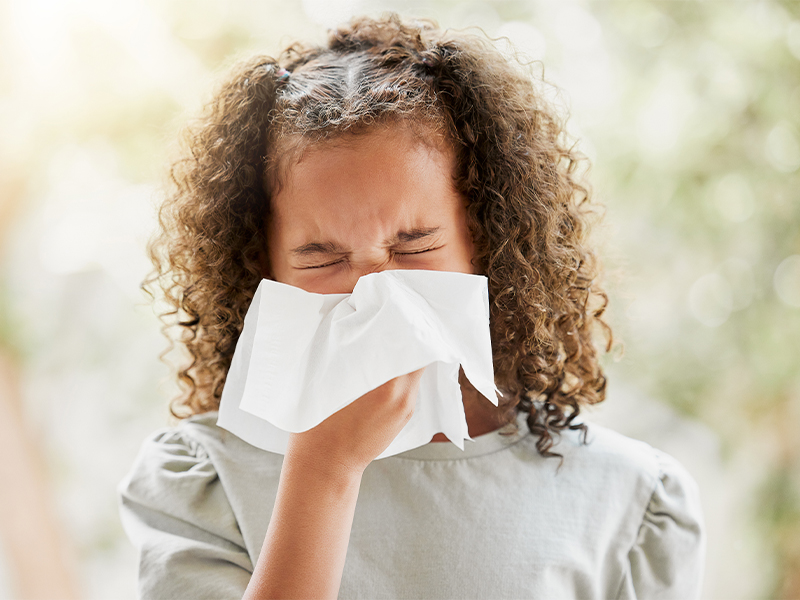Does your child have a cold that never seems to go away, and dark circles under their eyes? They may well have a dust mite allergy. Paediatrician in Singapore DR MOHANA RAJAKULENDRAN gives us some insight on how she helps kids beat allergies, from traditional medicine to immunotherapy.
Tell us about being a paediatrician in Singapore and the vision for your new clinic.
I opened Petite Practice in 2023 after working for years as a paediatrician in Singapore hospital allergy units. I found there was a sizeable niche of children in Singapore’s East who continued to require subspecialty outpatient care, yet the clinics were located centrally.
While I continue to provide inpatient hospital care, I really like working with parents to manage childhood illnesses within the comfort of home. I’ve observed that very few of these patients end up needing hospital care. My goal is to impress upon parents that most symptoms are manageable – few symptoms are true emergencies. My desire to create a more calming and welcoming environment for both children and parents led to the birth of Petite Practice!

One of your specialties is dust mite allergies in children. What are the symptoms?
Respiratory symptoms include frequent itchy noses and eyes, sneezing, runny nose, teary or watery eyes, blocked noses with snoring, or heavy mouth breathing. In some children with extremely blocked noses, allergies can cause chronic bedtime coughs due to post-nasal drip of mucous. Severe allergies can also trigger the airways and cause frequent wheezing.
These symptoms are very common and persistent in Singapore as we have an all-year-round high dust mite load. Babies aren’t born with respiratory allergies. Sensitisation to respiratory allergens occurs over time and commonly develops in late toddlerhood to early primary years.
What are the traditional medicines you prescribe for dust mite allergies?
As a first step, I work with families to identify and remove sources of high dust mite load within the home.
Traditional medications include non-drowsy syrup antihistamines to reduce mucous, sneezing and itching symptoms. Nasal saline rinses can also help clear up the constantly produced mucous. In moderate to severe symptoms, nasal steroid sprays need to be prescribed to control the nasal inflammation caused by the respiratory allergens. For allergic conjunctivitis or eye symptoms, antihistamine eye drops are suitable. And inhaled steroid medications are given to children who develop frequent wheezing.
Medications don’t cure dust mite allergies; they ease more severe symptoms to allow better quality sleep, breathing, focus and attention.
You also use immunotherapy for allergies. How does it work?
It involves exposing the immune system to a consistent prescribed dose of the allergen for a period of time. This results in changes within the immune system which reduce the cellular level allergic responses. The body will then react with greatly reduced symptoms when encountering the allergen in the environment.
As dust allergies often persist into adulthood and complete environmental avoidance of these allergens isn’t possible, dust mite immunotherapy is the only treatment that modifies the course of the illness for long-term resolution of symptoms.
What are the side effects of immunotherapy?
Traditionally, subcutaneous immunotherapy for respiratory allergies was given as fortnightly-to-monthly injections. However, over time, sublingual immunotherapy liquid sprays or tablets have been found to be as effective – and with less severe side effects. They also allow for home dosing. Note that in the first few weeks, some kids experience mouth, lip or throat itching or mild swelling.
How quickly can you see a response?
Usually within the six-to-twelve-month mark. Immunotherapy for allergies needs to be continued for at least three years to allow for a sustained long-term response and an allergy-free life!
Petite Practice is at 467C Joo Chiat Road.
6233 2191 | petitepractice.com
This article first appeared in the Nobember 2023 edition of Expat Living. You can purchase the latest issue or subscribe so you never miss a copy!
To make the most of living in Singapore, read our latest City Guide here for free!






